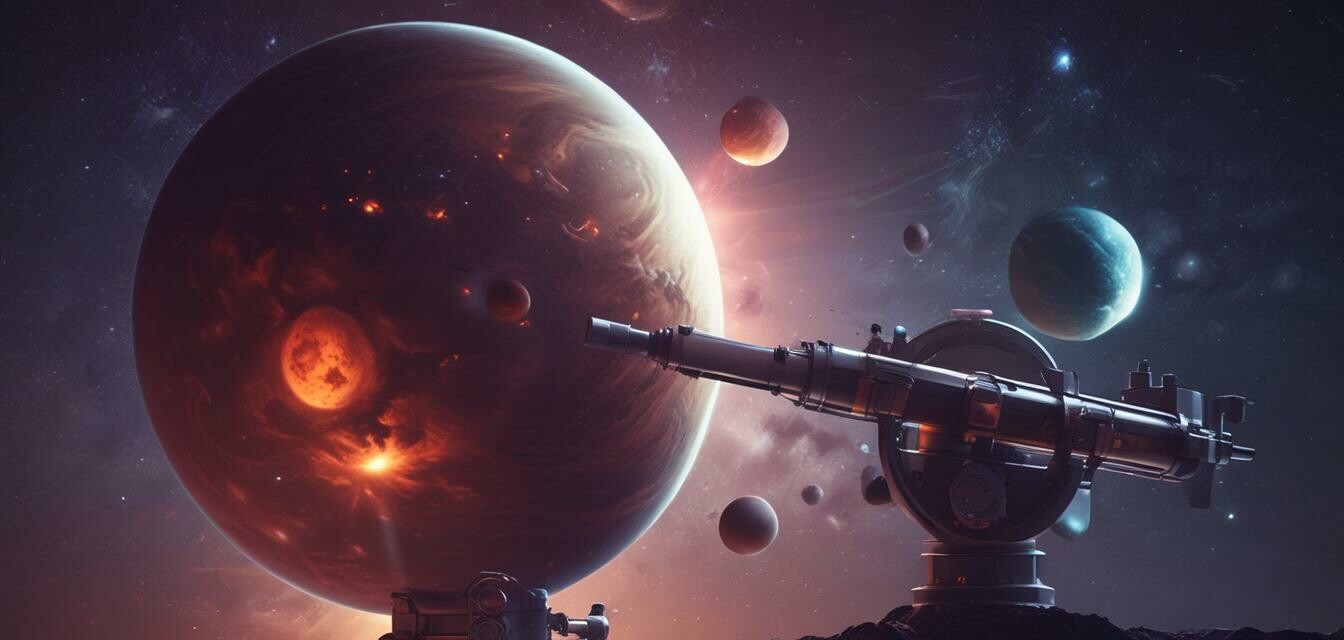
Using Filters to Enhance Planetary Observation
Key Takeaways
- Filters can improve the visibility and detail of celestial objects.
- Different filters serve varying purposes, such as enhancing contrast or reducing glare.
- Choosing the right filter depends on the planet and your specific observation goals.
- Using filters can significantly enhance your stargazing experience.
- Always consider the compatibility of filters with your telescope model.
Observing planets through a telescope can be one of the most rewarding experiences for any astronomy enthusiast. However, to get the best views, using the right equipment is crucial. One such essential tool is the filter. Filters help enhance the details you can see and bring out the colors and contrasts of different planets, making them more vibrant in your view. In this article, we will explore various types of filters and how they can improve your planetary observation experience.
Why use filters for planetary observation?
Filters are used for multiple reasons when observing celestial bodies:
- Enhancing contrast: Filters can enhance details on the surface of planets by increasing contrast, making surface features more visible.
- Reducing glare: Some filters can help reduce the amount of light, which can combat glare and improve the overall viewing experience.
- Highlighting colors: Filters can extract specific wavelengths of light that reveal a planet's unique features, such as clouds or rings.
- Improving clarity: The right filter can improve the clarity of your views, especially under varying atmospheric conditions.
Types of filters for planetary observation
There are several types of filters available for telescopes, each serving different functions. Here's a brief overview:
| Filter Type | Description | Best Used For |
|---|---|---|
| Neutral Density Filter | Reduces the brightness of planets without altering the color. | Bright planets like Venus or Jupiter |
| Colored Filters | Enhances contrast by filtering out specific wavelengths of light. | Detailing specific features like the Great Red Spot on Jupiter |
| Moon Filter | Specifically designed to reduce brightness while enhancing detail. | Observing the Moon and planets close to it |
| Polarizing Filter | Reduces glare and helps improve contrast by controlling light intensity. | For general planetary viewing and during the day |
| Infrared Filter | Allows observation of heat signatures and cloud patterns. | Viewing through thick atmospheres of giant planets like Jupiter |
How to use filters effectively
To maximize your experience with planetary filters, keep the following tips in mind:
Tips for beginners
- Start with a simple neutral density filter to ease into using filters.
- Experiment with colored filters on different planets to see their unique features.
- Ensure proper handling and cleaning of your filters to maintain clarity.
- Combine filters for greater effect, but avoid using too many at once.
- Note the results in a stargazing journal to track what works best for you.
Frequently Asked Questions
Can I use filters with any telescope?
Most filters are compatible with standard telescope sizes, but always check your specific model for compatibility.
How do I choose the right filter for a planet?
Research which features you wish to enhance on a particular planet and select a filter designed for that purpose.
Are filters necessary when observing planets?
While not absolutely necessary, filters can significantly enhance your viewing experience.
Conclusion
Using filters is an excellent way to enhance your planetary observation experience. They can help showcase details and colors that might otherwise be missed. Remember that experimentation is key, so don’t hesitate to try different filters and techniques during your observations. Whether you're a beginner or an experienced astronomer, harnessing the power of filters will surely enrich your stargazing sessions.
Pros
- Enhances visibility of planet features.
- Reduces glare and improves viewing comfort.
- Allows for color observation and detail enhancement.
Cons
- Can be an additional expense.
- Requires experimentation to find the right filter for your needs.
- May cause some distortion if used improperly.
For more information on planetary observation, be sure to check out our other helpful resources, such as our Buying Guides for the best telescopes to help you enhance your stargazing experience or our Tips and Tricks articles for practical advice on using your telescope.